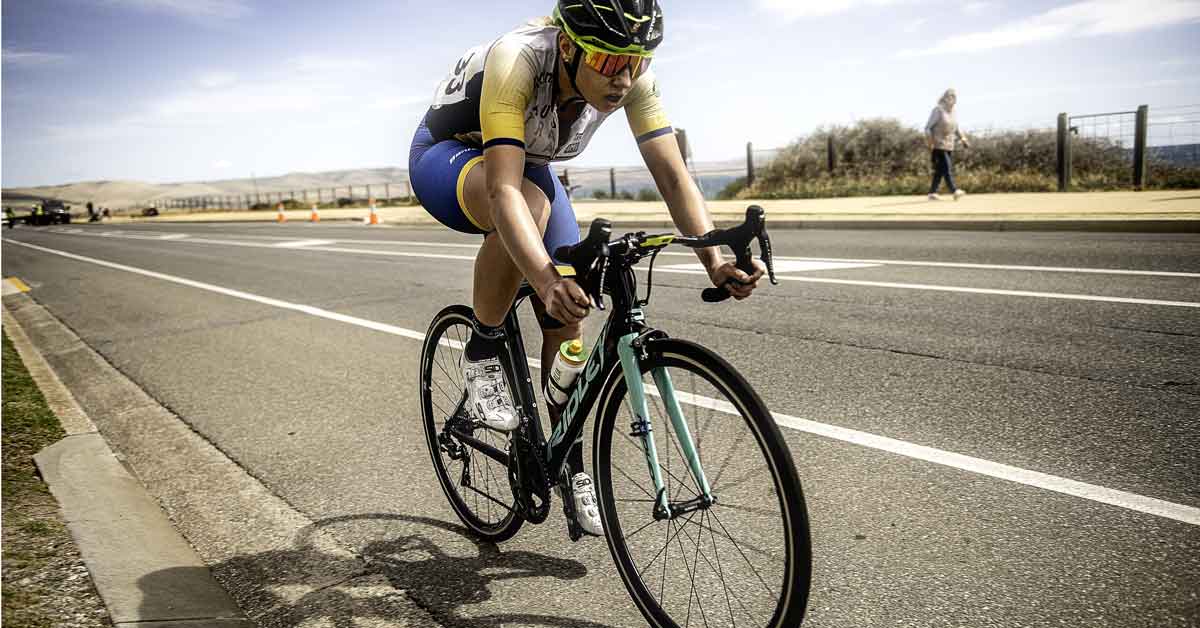This article discusses how to boost your training to get fantastic results.
I see it all the time when I am reviewing peoples heart rate data from their polar heart rate watch. Mostly from cyclists that have been riding for a while and not getting any faster. Sure, they are putting in the km’s but still getting no results. For most people racing at club level, 10 to 11 hours of training is more than enough. But what is more important is the quality of that training. After you have built a good solid base the next step is to start working on increasing your speed.
To do this you’ll have to ride really hard, not just hard. And it’s not something that you can really do in bunch riding. When you go as hard as I’m suggesting and you try to do it riding in a bunch you will get dropped. You see, when you get really good at riding in bunches you feel like you are working hard but you will always be keeping something in reserve to ensure you don’t get dropped. You never max it right out. To really super charge your training you need to take it to a new level of pain. This involves really diving deep into your VO2 Heart rate zone. That’s around 92-100% of your max heart rate.
Some people hardily spend any time a week in their V02 Heart rate zone. That’s not going to get much performance increase. The other side of this equation is that for that days that you are not doing V02 training you are either resting or just riding recovery and I mean riding recovery at around the E1 zone. In this zone you will have the people commuting into work wearing jeans and sandals overtaking you. And your ego will have to come to grips with that as well. This is really important. To go really hard and get the best benefits from this training you need to be going really slow in all the other training you are doing so that you can be really fresh for the really hard stuff.
Now it’s not just a matter of going out and smashing yourself over with this type of training. This training takes a large amount of planning, should always be performed under controlled conditions and be built up gradually according to your personal physiological response. It’s also important to design it for the specific riding you are training for. If done wrong you can risk the chance of over training which will put you back weeks. If you don’t know what you are doing then do seek the advice of a specialist cycling coach.
Doing any VO2 training comes with a big disclaimer. So here it is:
DISCLAIMER. Our company accepts no liability howsoever arising for the content of this article, or for the consequences of any actions taken on the basis of the information provided. This information is general information only and the recipient ought to make all reasonable independent enquiries as to the accuracy of the information contained therein and where applicable consult the recipient’s relevant health care professionals to discuss the recipient’s personal health circumstances.






Leave A Comment